Best Chlorine Resistant Swimsuits
Jump To:
When looking for the finest chlorine resistant swimsuit, one thing to keep in mind is this: Look for a swimming suit that is made up of at least 70% to 80% PBT or polyester. Polyester is the most durable of all materials, able to survive the attack of chlorine and seawater three times better than competing fabrics such as spandex and nylon.
When applied a couple of times a week, it’s also the most colorfast, retaining its original colour for up to a year. Polyester, owing to its stable nature as a synthetic material, performs the finest job of keeping its shape.
Best chlorine resistant swimsuits for regular size women:
Speedo LT Super Pro Swimsuit
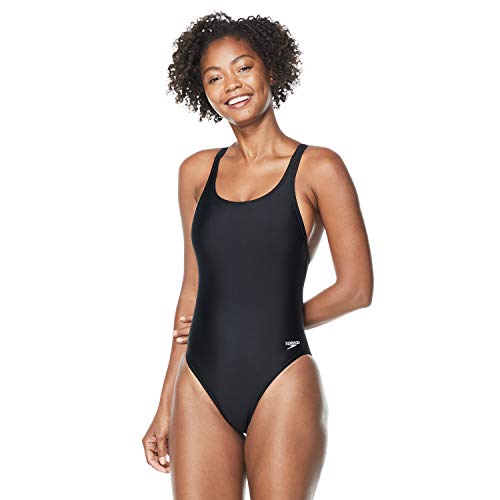
Krinkle Chlorine Resistant Twist Front Tank
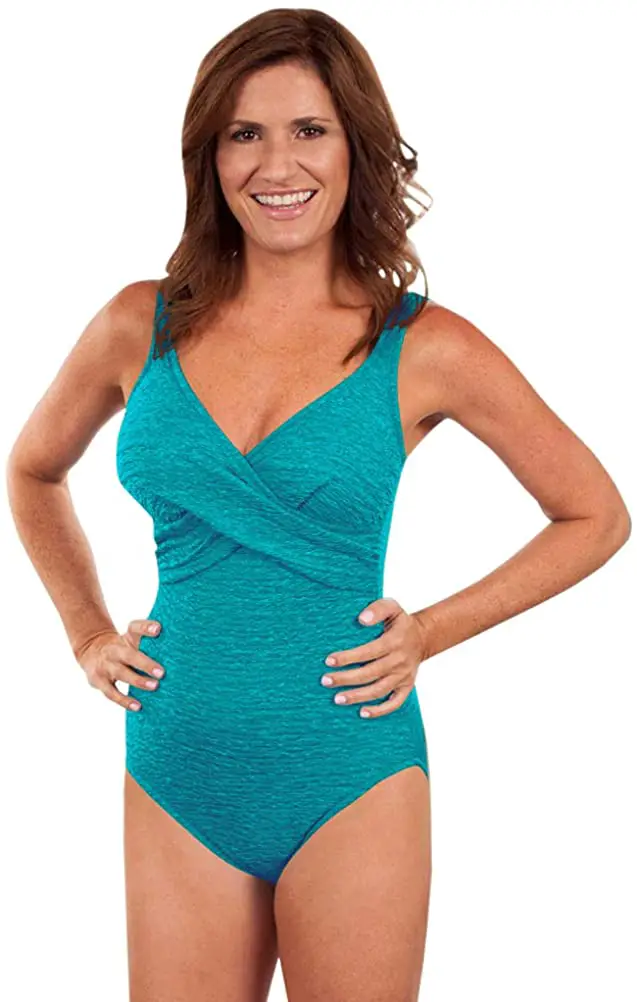
MarinaVida Ruffled Racerback Set

Baleaf Athletic One Piece
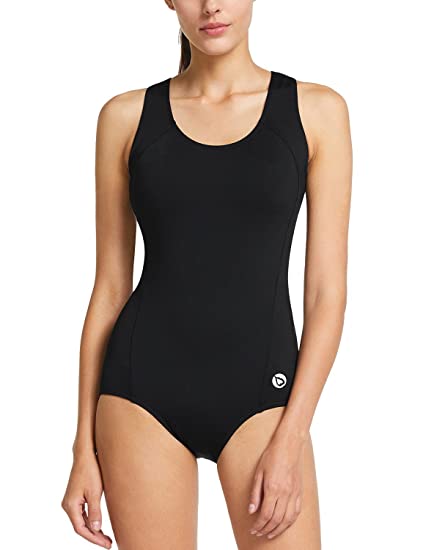
SYROKAN Soft Cup Athletic One Piece
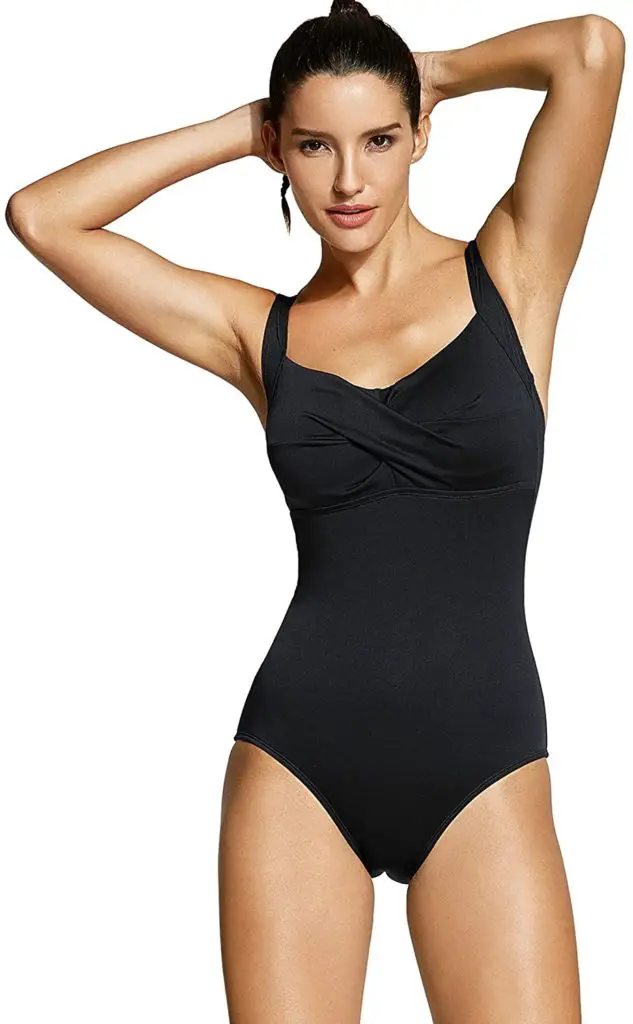
Baleaf Racerback Training One Piece
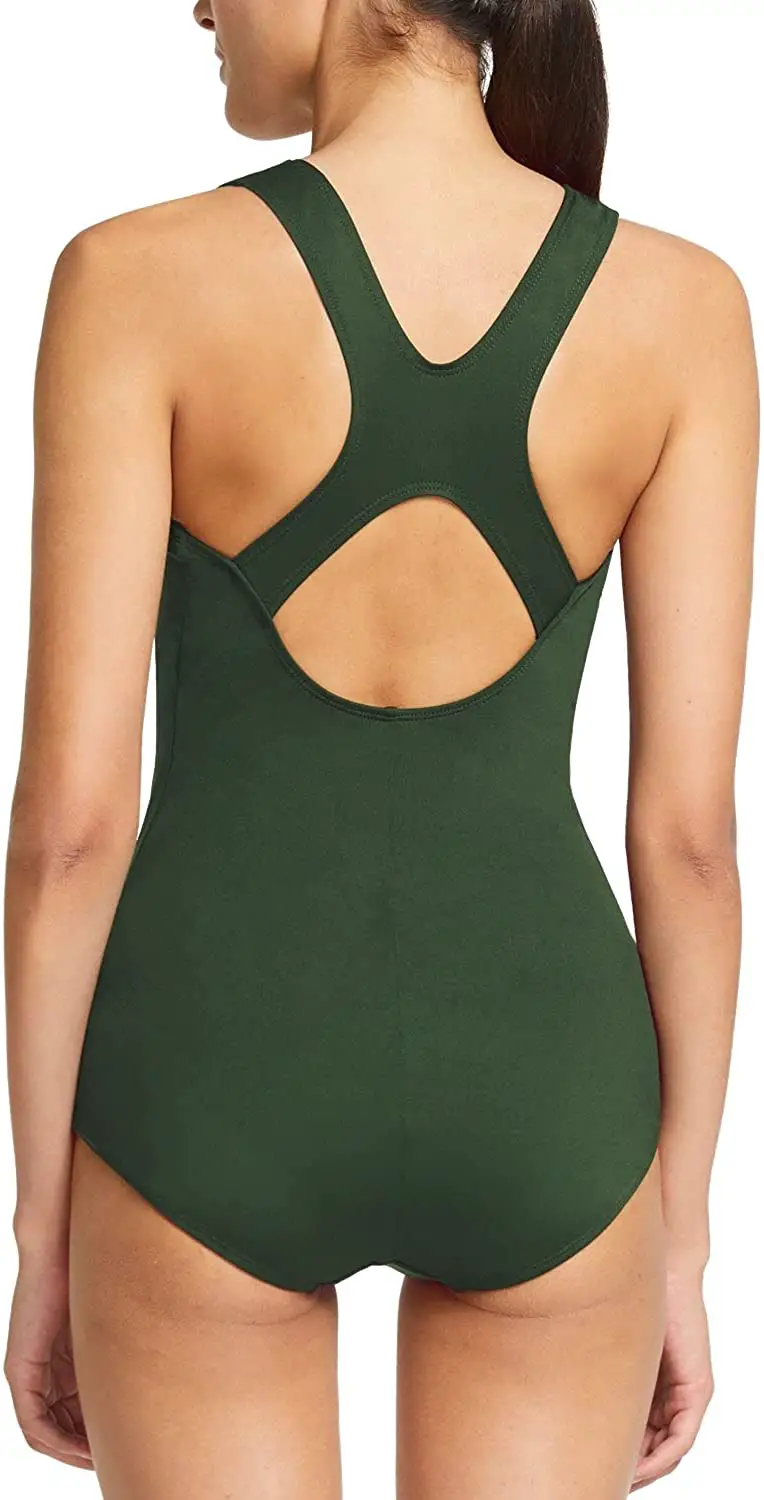
Speedo Women’s Endurance+ Shirred Tank
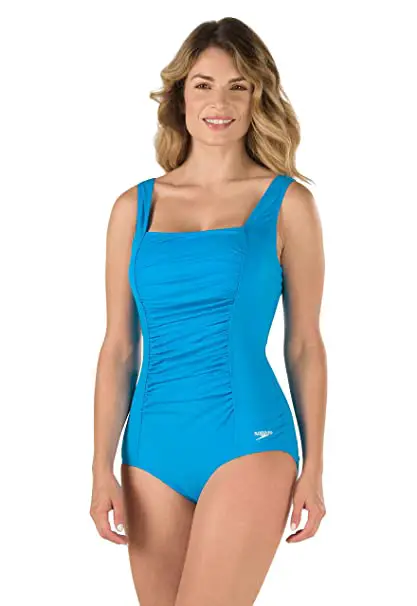
Beautyin Slimming Cross Back One Piece
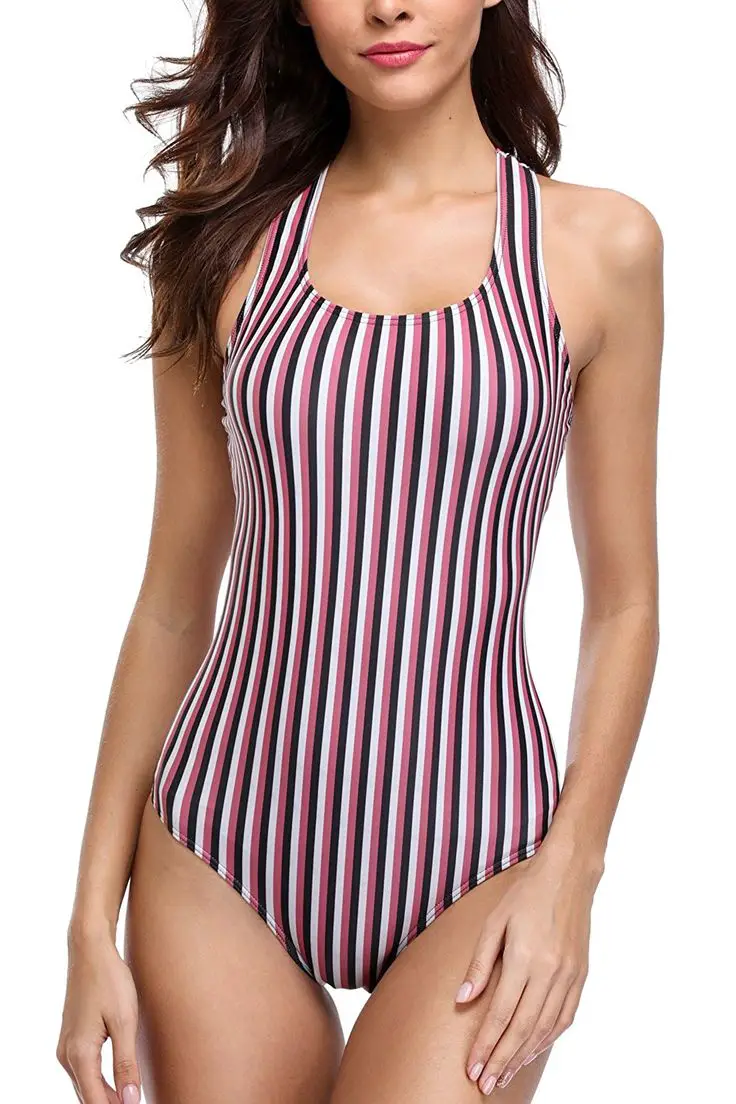
Best chlorine resistant swimwear for plus size women
Lalagen’s Tankini Set
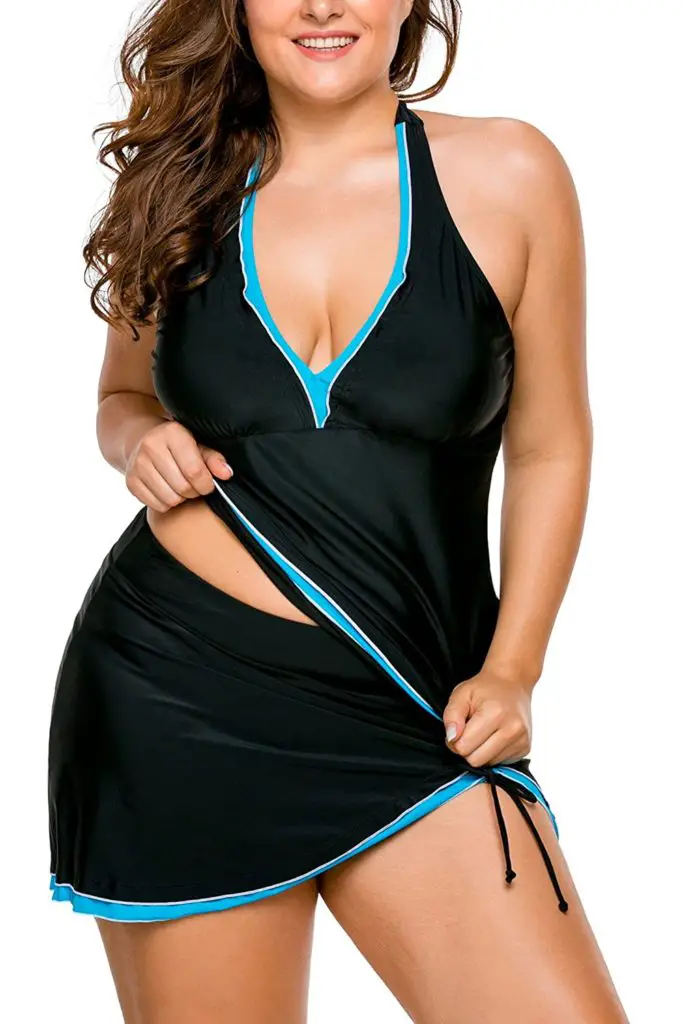
Wavely Off Shoulder High Waisted Bikini
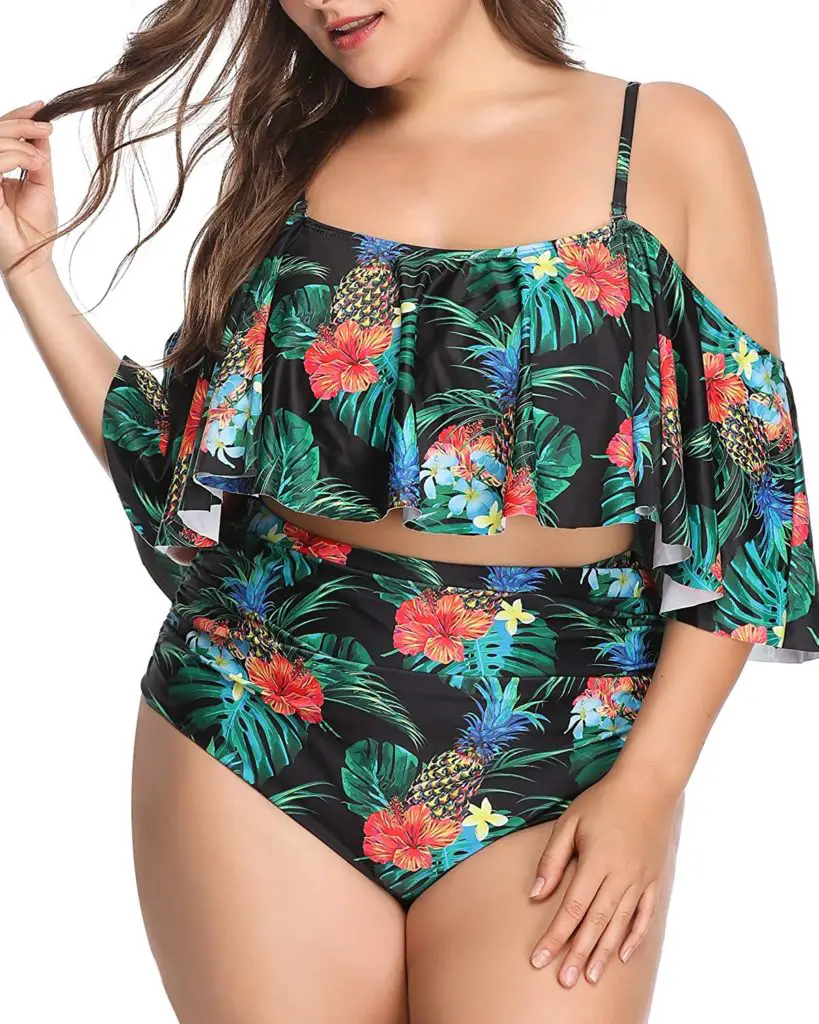
Speedo Endurance Side Shirred One Piece
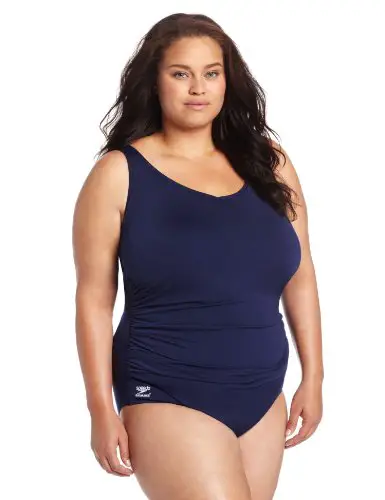
Sovoyontee Ruffles High Waisted Bikini
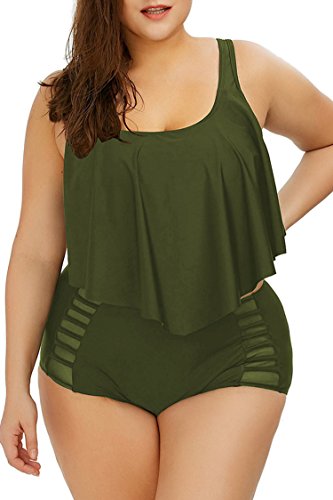
Maxine Of Hollywood Front Girl Leg, Shirred One Piece

Krinkle Diagonal Sheath One Piece
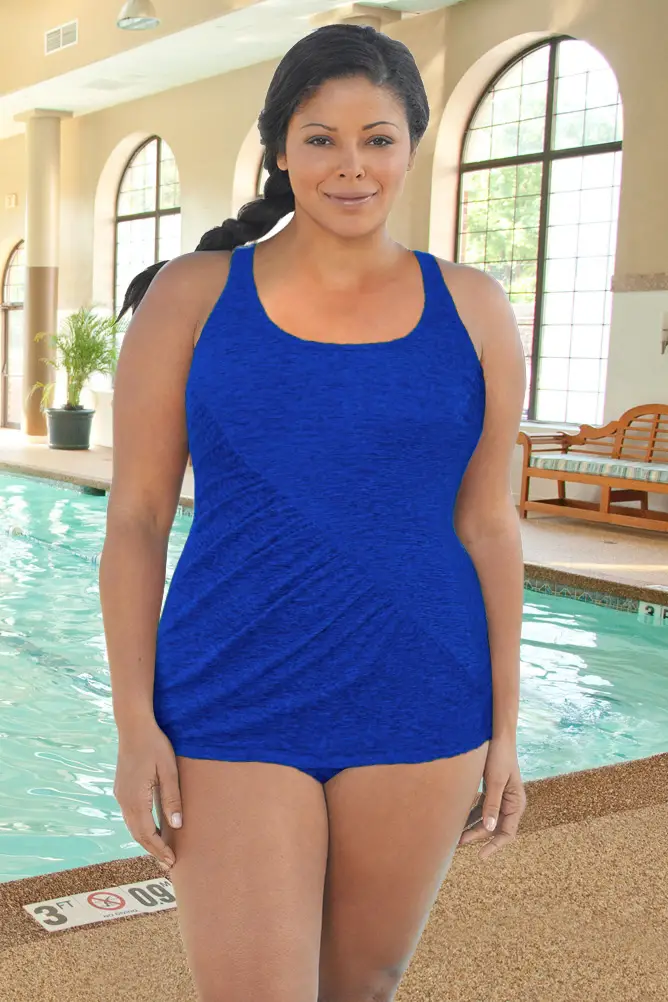
What is chlorine resistant swimwear?
Chlorine resistant fabric is 20 times more durable than traditional swimsuit fabric. Swimsuits still include rubber and elastic around the leg, neck, and arm openings, which will be harmed by chlorine over time. Rash shirts will last a lot longer because they don’t have any elastic in them.
What swimsuit material is most chlorine resistant?
Polyester has been a popular swimsuit material in recent years, especially among competitive swimmers. Polyester swimsuits are the best for being long-lasting and sturdy. They are chlorine-resistant and maintain their colour and form despite frequent usage in the water.
Is Lycra chlorine resistant?
Chlorine literally eats away at the spandex and Lycra in traditional swimwear, causing the suit to dissolve before your eyes. Both of these materials are chlorine resistant. The more polyester and/or PBT a swimsuit contains, and the less spandex/Lycra, the more chlorine resistant it is.
Is polyester resistant to chlorine?
Polyester is the most popular fabric for competition swimwear, whether it’s combined with Lycra or used alone. New polyester technologies have enhanced the material’s touch and feel, allowing it to outperform competing materials. Polyester maintains its colour and is chlorine resistant.
How do I make fabric resistant to chlorine?
Soak the new swimsuit in water containing a few drops of white vinegar for a few minutes before plunging it into plain cold water. The vinegar helps the fabric’s colours set properly, and the fibres become water-laden, making them less prone to absorbing the dangerous chlorine.
What is the best fabric for bathing suits?
A polyester/elastane combination is the ideal fabric for swimwear. Elastane is a very flexible fabric that is also known as Spandex or Lycra. Polyester is colorfast and chlorine resistant, making it an excellent choice. Nylon is another fantastic swimsuit fabric, but it is more prone to pilling over time.
Is chinlon good for swimsuits?
Because of its lack of durability, UV protection, and absorbency, critics advise against using chinlon in swimwear. It has been suggested that, rather than using it for swimming attire, it is better for lounging near the pool due to its comfort.
How long should swimsuits last?
A general rule of thumb is that a swimsuit should last somewhere between three months to a year. Ultimately though, you are the only one who determines how long a swimsuit should last.
Does chlorine destroy fabric?
Chlorine may harm not just your skin and hair, but also your swimwear, as frequent swimmers know. The cloth will shred with time, the colour will fade, and the elastic will fail. It can also discolour your white suit.
Does nylon fade in chlorine?
Cotton is a fantastic fabric, especially for apparel. When worn in the sun, salty, and chlorinated seas, Ecostinger employs Polyester/PBT fabric that does not include Nylon, Lycra, Spandex, or Elastane fibres, which are responsible for colour fading and elasticity loss.
Does chlorine eat nylon?
When nitrogen is connected to hydrogen, the hydrogen just sits there doing nothing, but when chlorine is added, it pulls electrons away from the other bonds (the ones that keep the nylon molecules together), weakening them.
What materials are bleach proof?
When subjected to bleach, solution dyed fibres such as acrylic, nylon, polyethylene, and polypropylene, as well as high-energy polyester, show excellent colorfastness. Fabrics made of polyurethane can also be treated with a finish that makes them resistant to bleach and rubbing alcohol at high concentrations.
